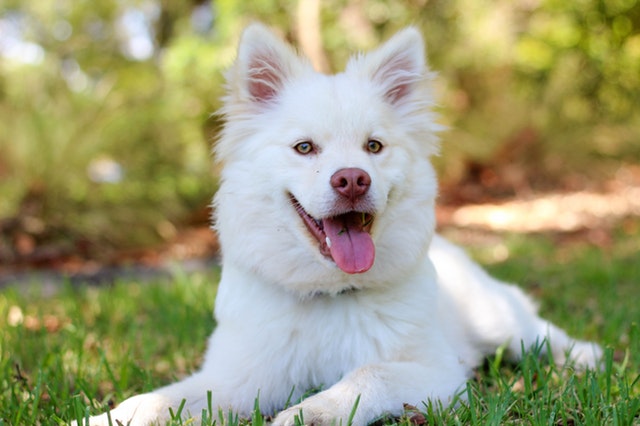
Vets recognize over 160 skin conditions in dogs, ranging from irritating allergies to symptoms of cancer. The American College of Veterinary Dermatology state that skin disorders can indicate serious internal problems, while other symptoms can be a reaction to a flea bite or a simple harmless skin tag. Understanding common skin conditions in dogs can help you to protect them and know when to get professional help.
Understanding skin tags
Skin tags are the most common growth to appear on dogs and are completely harmless, but other lumps and bumps can be mistaken or them, so it’s important to be sure that it’s a skin tag and nothing more sinister. Skin tags in dogs appear similar to those found on humans. They are usually a few millimeters big but can sometimes grow to the size of a grape. Also, skin tags are tear-shaped rather than rounded like a wart, and usually develop in areas where the skin rubs against skin. They will be the same color as the rest of their skin and will dangle as opposed to a lump or a bump. It’s always best to be on the safe side, so if you’re not 100% certain it’s a skin tag, take your pup to the vet to rule out anything else and never try to remove them yourself as this can cause bleeding and infection.
A flea allergy
If your dog gets fleas they will become itchy and irritated, but some dogs are also allergic to flea saliva. This results in a condition known as flea allergy dermatitis where the skin becomes inflamed and extremely itchy and uncomfortable for your dog. Regularly using preventative treatments on your dog is the best way to reduce the chance of them getting fleas, but their environment should also be treated, particularly following a bout of fleas. Regularly wash their bedding, vacuum carpets, and clean their kennel and toys to remove any fleas and eggs that you may not be able to see, but that could cause a nasty reaction for your dog. Fleas and other pests tend to live in long grass, so keeping your dog fenced in a well-maintained area of your garden can reduce the chance of them coming into contact.
A dog’s diet and dandruff
Dandruff occurs in dogs for the same reason it does in humans, which is usually because the skin is constantly shedding and being replaced, which can cause it to become dry and flaky. In dogs, this can be due to not enough quality protein in their diet to aid this process, so it may be worth looking at your dog’s diet. They should also eat plenty of omega 3 and 6 fatty acids, B vitamins, and minerals which are linked to a healthy coat and skin.
Regularly check your dog’s coat and skin as it can give a lot of insight into the health of your dog, as well as helping you to spot any common skin conditions early, helping to get your dog treatment promptly.
Ariticle Contibuted by SallyWrites
Photo credit: www.pexels.com/photo/adorable-animal-breed-canine-356378/

1 Comment
Thanks for the marvelous posting! I genuinely enjoyed reading it, you will be a great author.I can’t tell you how valuable those notes and attention to detail are. I will certainly dig it and personally suggest to my friends. I’m sure they’ll be benefited from this website.
Comments are closed.